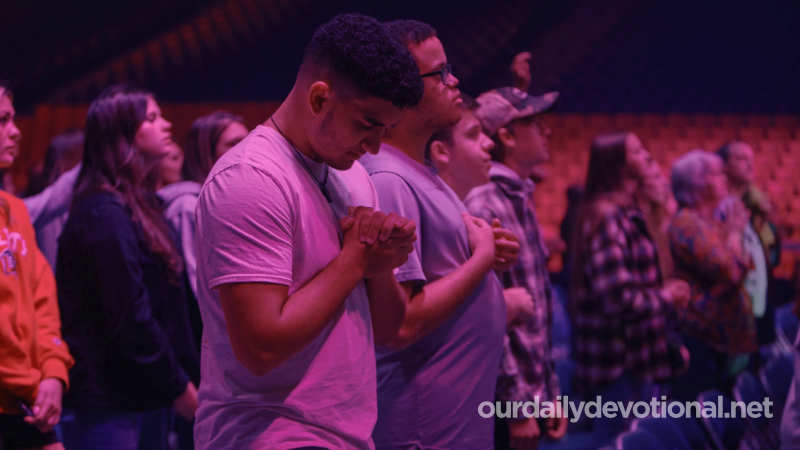For everything concerning offerings and sacrifices in general, see SACRIFICE. The term "sacrifice" designates particularly the immolation of animals, while the term "oblation" rather carries the idea of a gift made to Jehovah, and hence is technically applied to bloodless offerings (Lev. 2:1). Among those instituted in the Law of Moses we can mention:
(a) The offering of fine flour (Lev. 2; 6:7-16). It was unleavened flour, an image of purity and holiness (cf. 1 Cor. 5:6-8).
The priests were to eat of it (Lev. 2:10; 6:9). In this offering you can see a symbol of Christ's perfect offering to God in his life (cf. Eph. 5: 2), while the burnt offering presents it in his death (Lev. 2).
Oil, incense and salt were to be added to the meal offering. Christians, members of the new priesthood (1 Pet. 2:9) must feed on the perfection of Christ by consecrating themselves to God as a pure offering.
(b) The libation of wine, which was poured on the meal offering (Lev. 23:13; Num. 15:4, 5) It is notable to see these symbols brought together:
Bread, the main food of men,
the wine, which comforts them and gladdens their hearts (cf. Ps. 104:15),
oil, image of wealth and constant symbol of the Spirit (cf. other allusions to bread and wine: Gen. 14:18; Mt. 26:26-28)
(c) The firstfruits of crops and livestock as a pledge of recognition and consecration to God (Ex. 22:29, 30; 23:19; Lev. 23:10). The firstfruits were given "of oil, of new wine, and of wheat, all the choicest" (Num. 18:12, 13) and the firstborn of clean animals. Those of men and those of unclean animals were to be ransomed (Num. 18:15-17) (See FIRSTFRUITS, FIRSTBORN)
(d) Tithes of crops and livestock were also given as an offering to Jehovah (Lev. 27:30-33). They served to support the Levites (Num. 18:21) and every three years a portion was given to the foreigner, the orphan and the widow (Deut. 26:12-13). (See TITHING.)
Offerings presented by elevation.
In the article WAVE OFFERINGS we talk about the rite consisting of turning the offering around under the gaze of the Lord, to present all its aspects to Him.
The "lifting" of the offering was also frequently carried out (Ex. 29:27, 28; Lev. 7:14, 32, 34; Num. 15:19-20; 18:8, 11, etc.). The oblation was thus elevated and directed to God, to whom it was solemnly offered.
Seeing the offerings, tithes, firstfruits, and sacrifices that the Israelites dedicated to God, each believer should consider his own devotion to the Lord and his attitude toward giving.
It is a fact that the Lord pours out his blessings in response to the consecration (Mal. 3:7-10). The offerings and sacrifices that Israel was to offer pointed to the fact that they belonged to God.
The believer today must remember this fact, and recognize that everything he is and everything he has has been given to him by God. Thus, he will have a powerful motive to honor God with all his possessions (Prov. 3: 9-10).
Meaning of OBLATION
The term "sacrifice" designates particularly the immolation of animals, while the term "oblation" rather carries the idea of a gift made to Jehovah, and hence is technically applied to bloodless offerings (Lev. 2:1).







